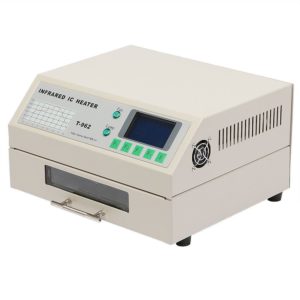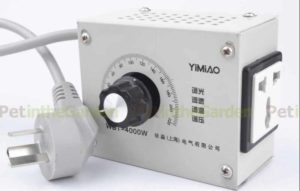On Thevenin’s theorem looked at a simple source network to demonstrate some key characteristics and limitations of Thevenin’s equivalent circuit.
The example network used was linear in V,I for all V,I combinations possible. Let’s now look at a network that is not linear for all V,I, but is sufficiently linear over a sub range to be usefully modelled using Thevenin’s equivalent circuit.
Black Box for discussion
For the purpose of discussion, we have a Black Box with just two terminals and is a source of DC voltage and current, and the internal implementation is hidden from us.
A series of measurements is made with different load resistors attached and the voltage and current at the terminals is recorded and plotted uniformly stepped currents.
 The V,I characteristic is clearly non-linear, but on closer examination there are two fairly linear regions, from 0.008 to 0.060A and 0.08A to 0.1A. It is a device that is usually used in the region below the knee, and for our application, let us concentrate on 0.008 to 0.030A. Continue reading On Thevenin’s theorem – #2
The V,I characteristic is clearly non-linear, but on closer examination there are two fairly linear regions, from 0.008 to 0.060A and 0.08A to 0.1A. It is a device that is usually used in the region below the knee, and for our application, let us concentrate on 0.008 to 0.030A. Continue reading On Thevenin’s theorem – #2
Last update: 26th December, 2018, 6:18 PM








